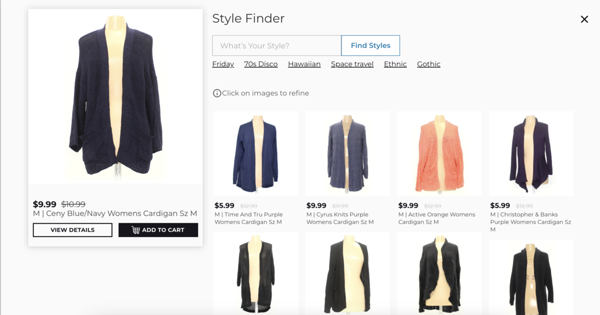Last fall, the internet was about to undergo a canonical moment. ChatGPT took over the world by creating a new way to get information from the internet.
In case you were wondering how ChatGPT self-describes, here it is:
ChatGPT is an advanced AI language model developed by OpenAI. It utilizes deep learning to understand and generate human-like text, making it useful for various natural language processing tasks, including text-based conversations and information retrieval.
Not too long after its release, the internet was flooded with information on how to master this new tool that apparently can transform any business you can imagine.
The most overused phrase has been: “AI will take over your job,” in a close second, “AI won’t take your job; somebody using AI will.”
Beyond the LinkedIn gurus and the sensationalistic headlines, there is no doubt that GenAI has quickly become a major focus for companies worldwide.
AI startup funding is on the rise, and the global market size of AI is projected to surpass half a trillion U.S. dollars in 2024. The world is placing its bets on this technology.
What does this all mean for big retailers in this ecosystem? How can we see the positive impacts of AI changing the search engine industry instead of getting anxious about it?
1. AI Helps Save Time
AI can automate many time-consuming tasks; a 2022 study by McKinsey & Company found that AI can help companies automate up to 50% of their tasks, freeing employees to focus on more high-value initiatives.
2. AI Helps Reduce Error
Automation in the retail industry improves profit margins by increasing operational efficiency, reducing labor costs, and minimizing errors:
In a survey conducted by Capgemini, retailer respondents reported that they had experienced an 11% increase in customer visits to stores that had integrated automation technology.
3. AI Helps Automate Tasks
Since 50% of work can be automated nowadays, AI can automate tasks, such as product recommendations and personalized offers. This can improve the customer experience and make it easier for retailers to operate efficiently.
4. AI Helps Improve Customer Support
AI can be used to provide 24/7 customer support and answer customer questions quickly and accurately. This can lead to improved customer satisfaction and loyalty. 54% of organizations have improved efficiency and reduced costs after implementing AI for CX.
5. AI Helps Create more engaging consumer experiences
AI search is disrupting e-commerce by creating more personalized and engaging customer shopping experiences. For example, AI can recommend products, create personalized offers, and provide virtual assistance, resulting in 20% higher customer satisfaction, sales conversion rates, and employee engagement.
AI transformation means business.

For secondhand store Swap.com, implementing AI was pivotal to their success. Their biggest challenge as a company was to make available all the racks of amazing clothes that they have in-store into an online setup.
After allocating much time and budget trying to solve these issues with internal resources, none of them successful, Swap found a solution: Miros Wordless search.
The results came in easily!
After implementing Miros’ Wordless Search, SWAP.com saw a +4.7% increase in conversion rate, an 8% increase in AOV, and a GMV uplift of +10%
Wordless Search brought back to life the joy of buying a secondhand item, preserving the core mission to reduce the environmental impact of apparel.
Get your customer’s attention in 60 seconds.
The first 60 seconds spent on your website are the most important ones. Helping them find and exceed their expectations within that timeframe will ensure a better experience, resulting in a higher ticket.
Our AI-powered search at Miros helps your customers find their favorite products without using words and inspires them to find what they love better than Pinterest or TikTok ever could.
Ready to boost your website’s visitor retention and profitability? Book a demo today.


